Rhinoplasty in Istanbul
Who Can Have Rhinoplasty?
Rhinoplasty in Istanbul and Turkey caters to individuals seeking either cosmetic enhancement or functional correction. Ideal for those in Istanbul and Turkey looking to refine or resize their noses, rhinoplasty also aids patients requiring corrections due to birth defects, accidents, or trauma. Candidates for rhinoplasty in Istanbul and Turkey should typically be in their late teens or early twenties when facial growth is complete.

Treatment Duration
The treatment duration for rhinoplasty in Istanbul and Turkey typically takes 1 to 3 hours, and it’s often an outpatient procedure.
Potential Risks & Side Effects of Rhinoplasty
However, potential risks and side effects of rhinoplasty in Istanbul and Turkey, including temporary breathing difficulties, nosebleeding, and potential dissatisfaction with nasal appearance, must be considered.
Recovery Time of Rhinoplasty Istanbul
The recovery process for rhinoplasty in Istanbul and Turkey unfolds gradually. In the initial post-surgery phase, patients can expect discomfort, swelling, and bruising. By the second week post-rhinoplasty in Istanbul or Turkey, the cast and nasal packing are removed, and by the third week, patients can typically resume daily activities. The final results of rhinoplasty in Istanbul and Turkey usually appear after approximately a year.
The recovery process unfolds gradually:
- Initial Post-Surgery: Expect discomfort, swelling, and bruising, with a cast applied to your nose and temporary breathing difficulties.
- Second Week: Cast and nasal packing removal, sutures dissolving, diminished swelling and bruising, returning to work for most, and incision site improvements.
- Third Week: Notice subtle changes, resume daily activities, including light exercise.
- Weeks Four and Beyond: Significant swelling reduction with final results appearing after approximately a year.
Success Rate of Rhinoplasty Istanbul Surgeons
Rhinoplasty in Istanbul and Turkey boasts a high success rate, typically between 85-90%. For those in Istanbul and Turkey seeking alternatives to traditional rhinoplasty, non-surgical options like injection rhinoplasty, using dermal fillers, are available.
Alternative Treatments
For those in Istanbul and Turkey seeking alternatives to traditional rhinoplasty, non-surgical options like injection rhinoplasty, using dermal fillers, are available.
Anesthesia Options
Anesthesia options for rhinoplasty in Istanbul and Turkey vary depending on the procedure’s complexity. Local anesthesia numbs specific areas for less complex surgeries, while IV sedation provides deeper sedation. General anesthesia, causing complete unconsciousness, is reserved for more extensive procedures in Istanbul and Turkey.
Your surgeon will choose anesthesia based on your procedure’s complexity:
- Local Anesthesia: Numbs specific areas for less complex surgeries.
- IV Sedation: Provides deeper sedation while keeping you relaxed and aware.
- General Anesthesia: Reserved for extensive procedures, causing complete unconsciousness.
The Surgical Process
The surgical process for rhinoplasty in Istanbul and Turkey involves small incisions, reshaping the nose, and correcting deviations if needed. Post-surgery, patients in Istanbul and Turkey can expect a recovery phase including hospital stay, discomfort, swelling, and bruising, with significant improvements typically starting from the second week.
What to Expect After Rhinoplasty Surgery in Turkey
Post-surgery expectations:
- First Week: Hospital stay, discomfort, cast and compression bandage on the nose, swelling, and bruising.
- Second Week: Cast and nasal packing removal, sutures dissolving, reduced swelling and bruising, return to work for most, and improved incision site.
- Third Week: Subtle changes, resumption of daily activities, including light exercise.
- Weeks Four and Beyond: Significant swelling reduction, with final results emerging after about a year.

